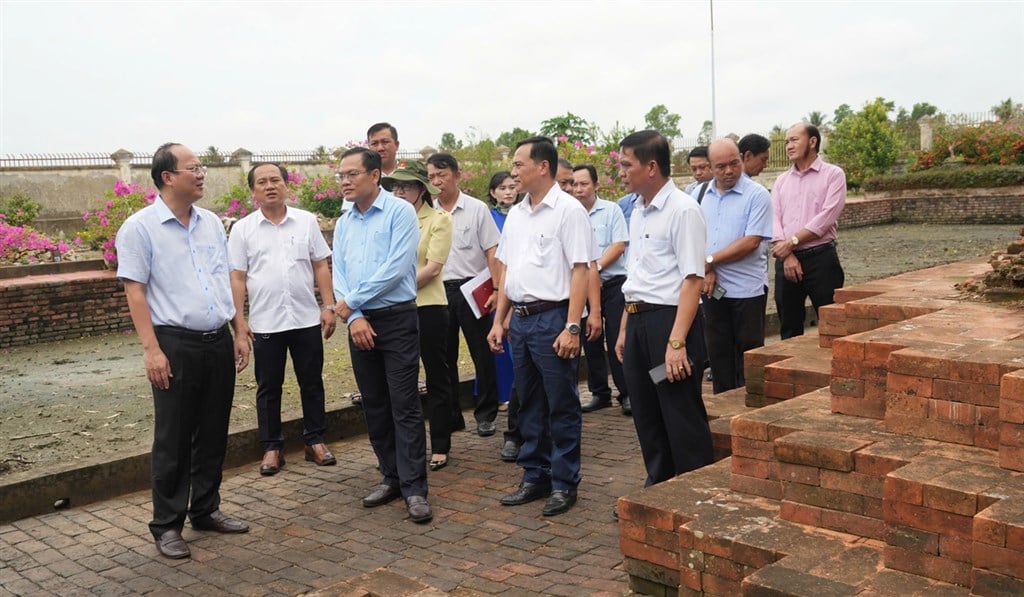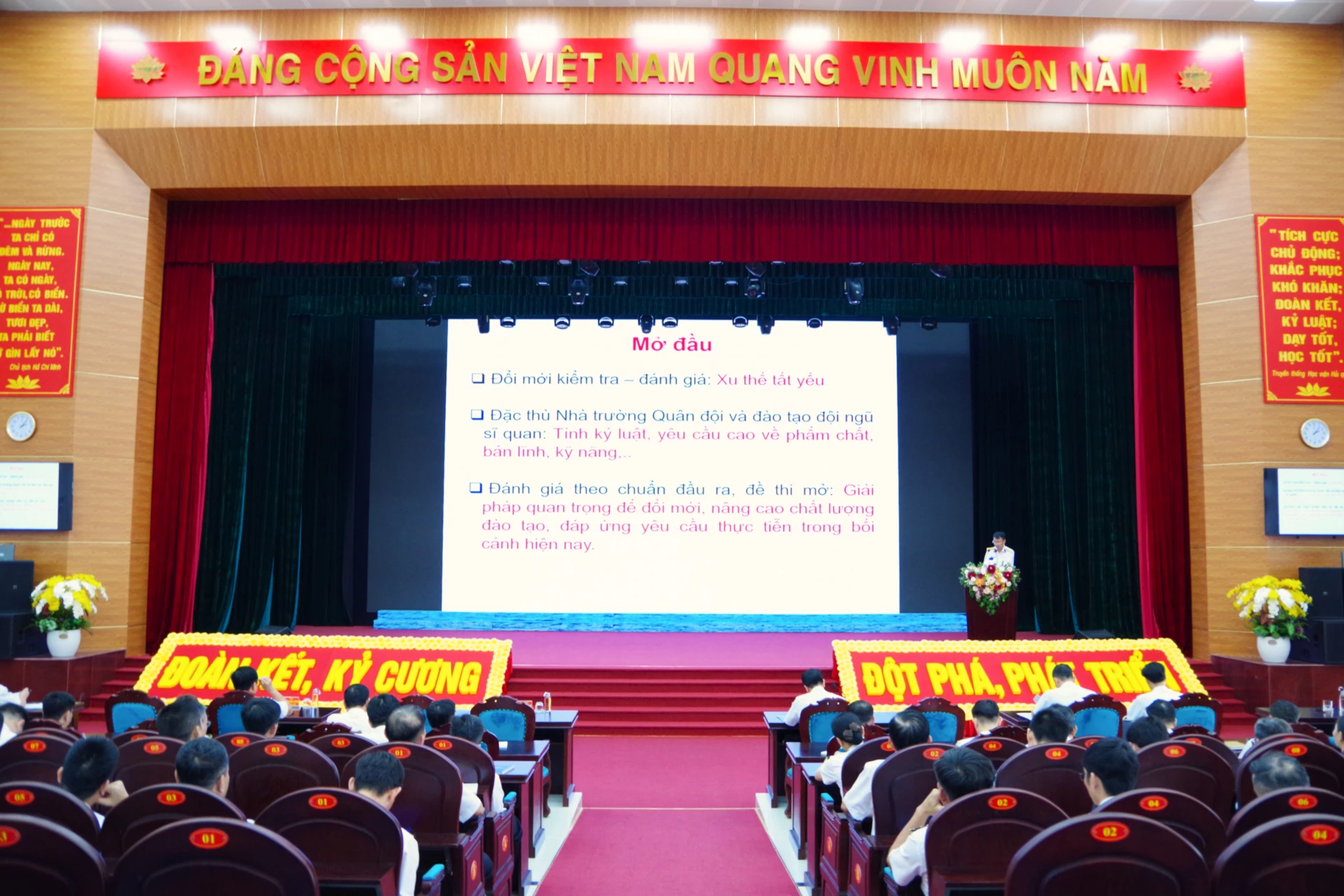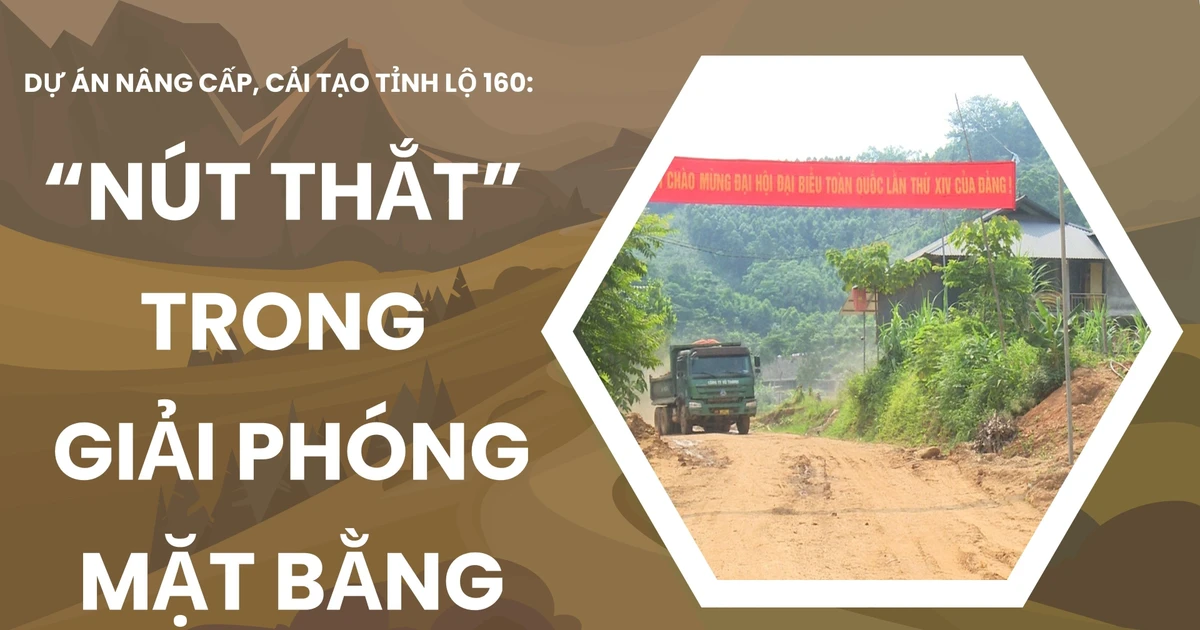Central Vietnam – Cultural colors in the new rhythm of life: Part 1: Heritage revival – Stories from the countryside to the city
Not only are these spaces a gathering place for artists, designers, and the creative startup community, they have also become new cultural and tourist destinations, contributing to enriching spiritual life and attracting tourists.
Kim Bong Carpentry Village – Sophisticated wood carving artisans, combined with young designers to create products that are both traditional and modern
The wave of "creative space" spreads
If a few years ago, the concept of “creative space” was still quite new in the Central region, now this model is present in many cities. In Da Nang , places like Da Nang Souvenirs & Cafe, Zone Da Nang, or studio – cafe – gallery complexes in the central area not only serve young people but also attract a large number of international tourists.
In Hue , projects such as Hue Cultural Space - Huong River and New Space Arts Foundation have become "red addresses" for the visual and performing arts community.
The common point of these spaces is to take advantage of old houses, warehouses, or riverside or coastal land to turn them into places to organize exhibitions, performances, workshops, craft fairs... both preserving identity and inspiring new creativity.
Creative space from Hoi An heritage – Displaying handmade products and new designs inspired by the ancient town.
This is also a trend in line with the cultural industry development strategy that the Government is promoting.
Creative spaces in the Central region not only serve local people but have also become a unique tourism product. Many new tours have appeared, taking visitors to experience pottery workshops, weaving, printmaking, or attending weekend art markets.
In Hoi An, the project “Hoi An – Creative Space from Heritage” has combined artisans from Thanh Ha pottery village, Kim Bong carpentry village with young designers to create products that are both traditional and suitable for modern tastes. This is a form of “dynamic conservation”, where heritage continues to live on in contemporary life.
Da Nang is also experimenting with integrating street art events, music, and light shows on the banks of the Han River and tourist areas, creating more nighttime highlights for the city.
In addition, international funds, such as the Southeast Asia-Japan Cultural Exchange Fund and the Asian Community Fund, have also sponsored many art projects in Hue and Da Nang, helping young artists have the opportunity to test their ideas.
More importantly, the response of the community, especially the youth, has created “vitality” for these spaces. Many volunteer groups and student clubs have organized activities such as “Riverside Book Festival” and “Recycled Art Fair”, turning creative spaces into places to meet, exchange and learn together.
Connecting the Central region into a "creative belt"
Despite their great potential, creative hubs in the Central region still face challenges in terms of funding, management mechanisms and long-term stability. Many projects have had to close after a few years due to lack of operating funds or difficulties in obtaining permission to organize events.
Thanh Ha Pottery Workshop – Visitors create their own pottery products with artisans, experiencing the beauty of Hoi An craft village.
For sustainable development, a clear legal framework is needed for creative activities, along with tax support policies and preferential rental space. At the same time, it is necessary to strengthen connections between creative spaces in the region, forming a network to promote and share resources.
With the advantages of cultural and natural heritage and a dynamic creative community, the Central region can completely form a "creative belt" stretching from Hue - Da Nang - Hoi An to Quang Ngai.
This will be a connecting axis not only for tourism but also for art, design, crafts, cuisine, creating unique cultural products to attract domestic and foreign tourists.
If properly planned and invested in, the Central region's creative space will become a new "cultural brand" of Vietnam, contributing to raising the region's position on the Asian cultural industry map.
Source: https://baovanhoa.vn/van-hoa/bai-2-ket-noi-sang-tao-lan-toa-van-hoa-160323.html
































![[Photo] An Phu intersection project connecting Ho Chi Minh City-Long Thanh-Dau Giay expressway behind schedule](https://vstatic.vietnam.vn/vietnam/resource/IMAGE/2025/8/21/1ad80e9dd8944150bb72e6c49ecc7e08)


































![[Photo] Politburo works with the Standing Committee of Hanoi Party Committee and Ho Chi Minh City Party Committee](https://vstatic.vietnam.vn/vietnam/resource/IMAGE/2025/8/21/4f3460337a6045e7847d50d38704355d)

































Comment (0)